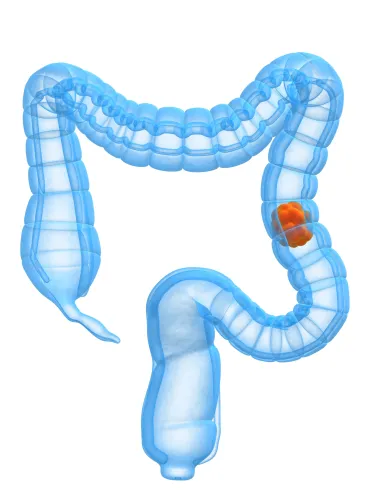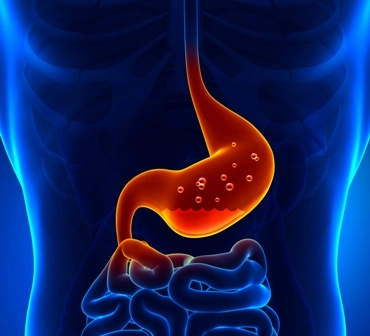Gastroenterology Coding Alert
CPT® Coding:
Sort Through Separate Procedure Coding With These Tips
Published on Thu Oct 26, 2023

You’ve reached your limit of free articles. Already a subscriber? Log in.
Not a subscriber? Subscribe today to continue reading this article. Plus, you’ll get:
- Simple explanations of current healthcare regulations and payer programs
- Real-world reporting scenarios solved by our expert coders
- Industry news, such as MAC and RAC activities, the OIG Work Plan, and CERT reports
- Instant access to every article ever published in Revenue Cycle Insider
- 6 annual AAPC-approved CEUs
- The latest updates for CPT®, ICD-10-CM, HCPCS Level II, NCCI edits, modifiers, compliance, technology, practice management, and more
Related Articles
Other Articles in this issue of
Gastroenterology Coding Alert
- CPT® Coding:
Sort Through Separate Procedure Coding With These Tips
Know when and when not to append modifier 59. GI procedure codes are notorious for [...] - ICD-10 Coding:
Cleanly Navigate Liver Condition Coding With This Guidance
Also: gain insight into documentation requirements. While your gastroenterology practice is likely to see patients [...] - Practice Management:
Get Ready for 2024 by Strengthening Your Telehealth Program
Use this clip-and-save chart to help you select correct codes every time. As we all [...] - You Be The Coder:
Ensure Proper Reimbursement in This Poor Prep Situation
Question: The patient didn’t prep properly, and therefore the gastroenterologist couldn’t complete a patient’s colonoscopy. Can [...] - Reader Question:
Up Your Understanding of Botox in this Upper GI Scenario
Question: Our gastroenterologist injected botulinum toxin for achalasia during an upper endoscopy. How do I report [...]
View All




